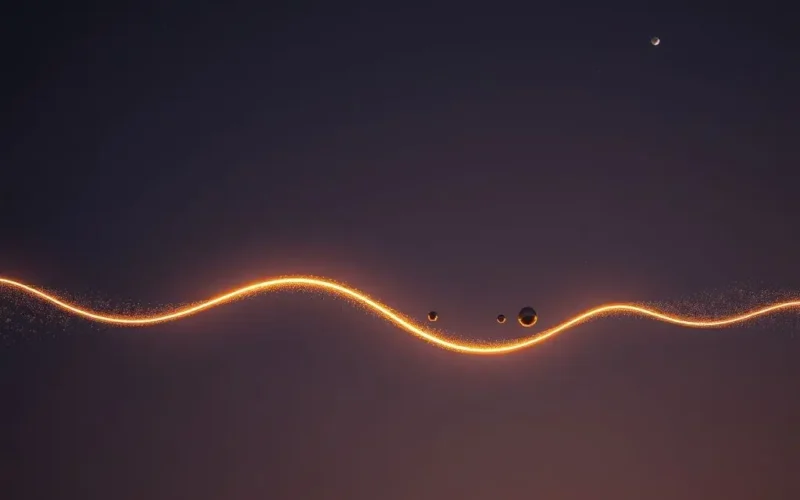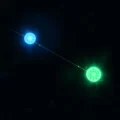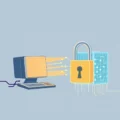Have you ever encountered those mind-bending ideas that make you question everything you thought you knew about reality? What if I told you two tiny specks of matter, separated by the unfathomable vastness of the universe, could be intrinsically linked, instantly influencing each other regardless of the distance? This isn’t science fiction; it’s the bizarre and beautiful world of quantum entanglement.
It’s a phenomenon so profound it baffled none other than Albert Einstein, who famously dubbed it "spooky action at a distance." At its core, quantum entanglement describes a peculiar connection between particles where they become so deeply intertwined they essentially share the same existence. They are no longer independent entities but rather two parts of a single, shared system.
Curious to see a quick, visual take on this cosmic connection? Check out our recent YouTube Shorts video:
Now, let’s delve a little deeper into what makes this link so extraordinary and why it holds the key to some of the most revolutionary technologies on the horizon.
Table of Contents
What Exactly is Quantum Entanglement?
Imagine you have two fundamental particles, like electrons or photons, that become entangled. Think of it like this: before you measure them, each particle exists in a blurry state where its properties (like spin or polarization) are uncertain. It’s like having two coins spinning in the air – you don’t know if they’ll land heads or tails until they stop.
However, entangled particles are different. When they become linked, they share a combined quantum state. Instead of each having an independent, uncertain property, they have properties that are perfectly correlated, but still uncertain for the pair until one is observed.

Let’s use a simple analogy, though imperfect: Imagine two perfectly correlated coins. Every time one lands heads, the other *must* land tails, and vice-versa. You don’t know *which* will land heads or tails until you look at one. With entangled particles, the correlation is just as absolute, but the states themselves (like spin up/down, or polarization horizontal/vertical) are undefined for either particle individually until you measure one of them.
The "Spooky" Part: Instantaneous Connection
This is where it gets truly weird. The moment you measure the property of one entangled particle, something incredible happens. Its uncertain state "collapses" into a definite one (e.g., spin up). And here’s the kicker: the corresponding property of the *other* entangled particle, no matter how far away it is – across the room or across the galaxy – instantly takes on the correlated definite state (e.g., spin down).
This isn’t like sending a signal; there’s no known physical influence traveling between the particles. The correlation is instantaneous. This puzzled Einstein because it seemed to violate the speed of light, the universe’s ultimate speed limit for information transfer. He and others proposed alternative explanations involving "hidden variables" that pre-determined the outcomes, but experiments, most notably those based on Bell’s theorem, have strongly suggested that these hidden variables don’t exist in the way needed to avoid the "spooky action." The instantaneous correlation appears to be a fundamental feature of quantum reality.
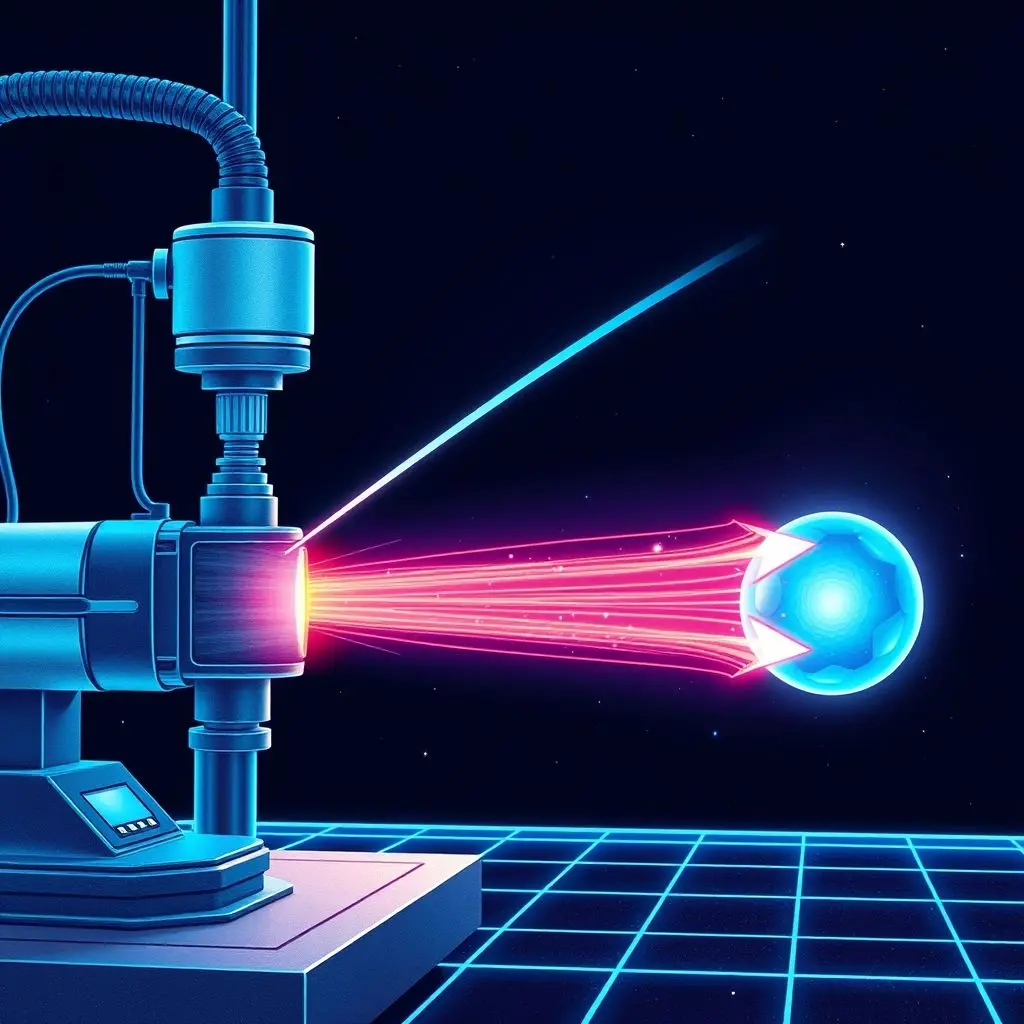
The measurement of one particle forces both particles to snap out of their uncertain, combined quantum state and into definite, correlated classical states. It’s as if the act of looking at one particle determines the outcome for the entire entangled pair simultaneously.
Why Does This Matter? Beyond the Weirdness
While quantum entanglement seems abstract and counter-intuitive, it’s far more than just a scientific curiosity. It’s a fundamental building block for the next generation of technology.
Quantum Computing
Traditional computers use bits that are either 0 or 1. Quantum computers use "qubits," which, thanks to quantum phenomena like superposition and entanglement, can represent 0, 1, or a combination of both simultaneously. Entanglement allows multiple qubits to be linked, creating incredibly complex correlated states. This allows quantum computers to perform calculations that are impossible for even the most powerful supercomputers today, potentially revolutionizing fields like drug discovery, material science, and cryptography.
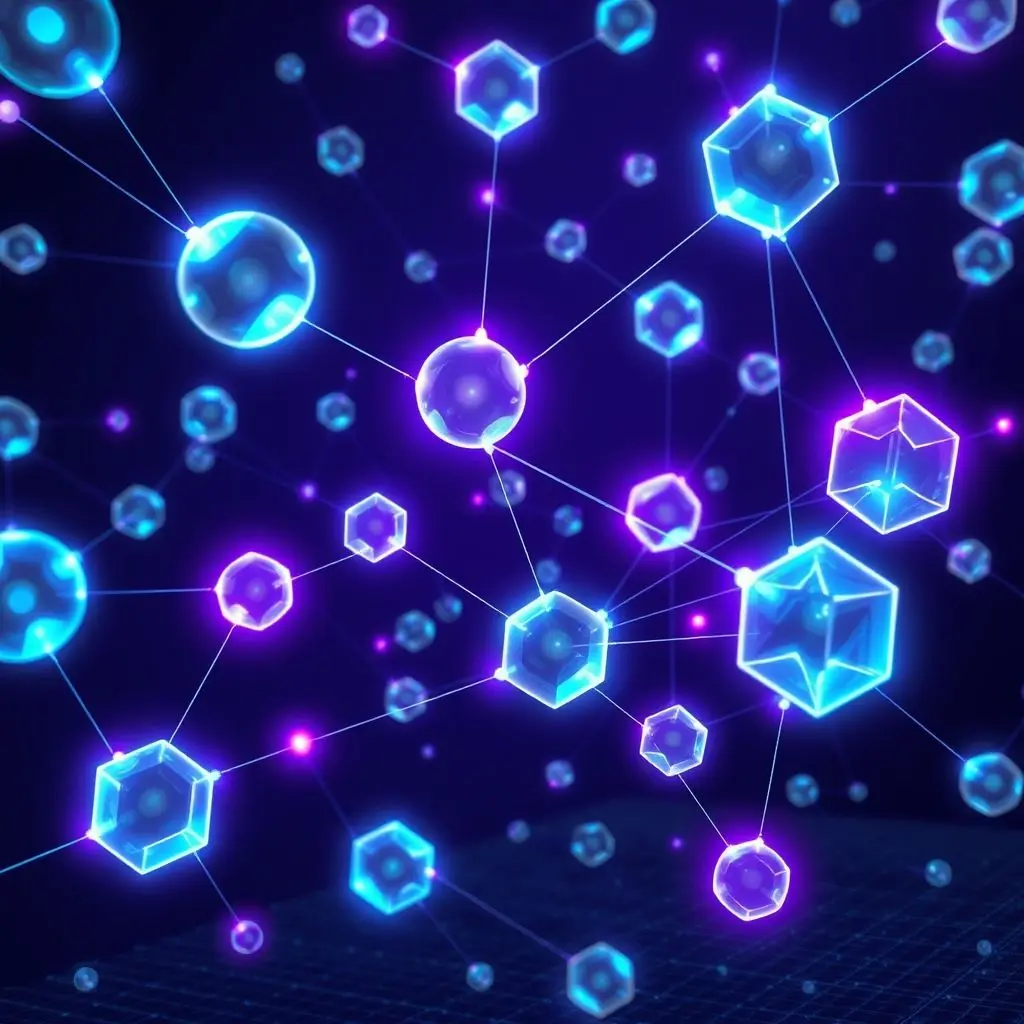
Quantum Communication and Cryptography
Entanglement also offers possibilities for ultra-secure communication. By sharing entangled particles, two parties can potentially detect if their communication line has been tampered with. The very act of an eavesdropper attempting to measure the particles to intercept information would disturb their entangled state, instantly alerting the communicating parties. This forms the basis of Quantum Key Distribution (QKD), which could create truly unbreakable encryption.
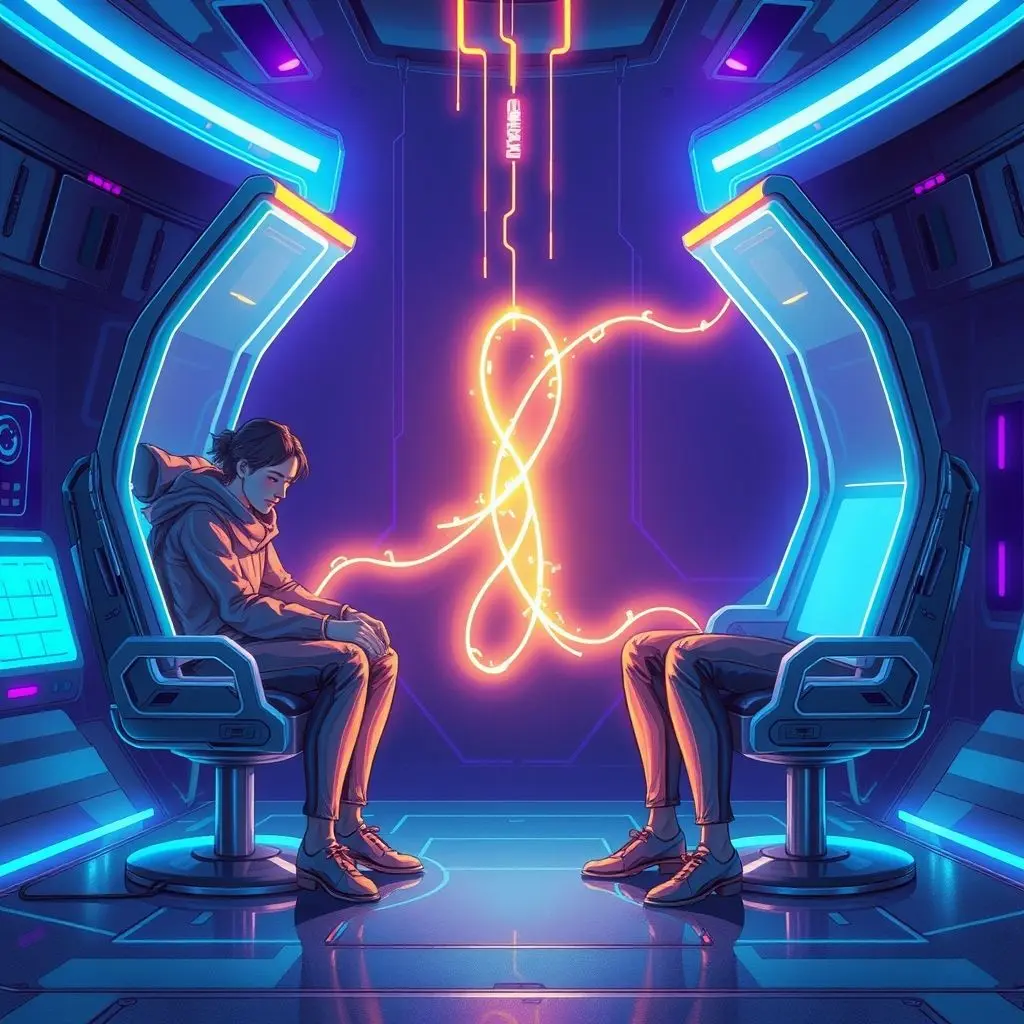
Quantum Teleportation
While not "Star Trek" style beam-me-up for people, entanglement allows for quantum teleportation – the transfer of the quantum state of one particle to another distant particle using entanglement and classical communication. This is crucial for building quantum networks.
Frequently Asked Questions About Quantum Entanglement
Can quantum entanglement be used for faster-than-light communication?
Despite the instantaneous correlation, no. While measuring one particle instantly affects the other’s *state*, you cannot use this to transmit *information* faster than light. To make sense of the correlation (e.g., verifying if your coin was heads when the other was tails), you still need to compare your measurement result via classical communication, which is limited by the speed of light. You can’t *control* the outcome of the measurement on your particle; it’s fundamentally random, even if correlated.
How do particles become entangled?
Entanglement occurs when particles interact in specific ways. For example, a crystal struck by a laser beam can sometimes produce pairs of entangled photons. Interactions at very low temperatures in controlled environments can also create entanglement between atoms or electrons.
Does entanglement last forever?
Entanglement is fragile. Interactions with the environment (a process called decoherence) can easily break the delicate quantum link between particles. Maintaining entanglement, especially over large distances and for longer durations, is one of the major challenges in harnessing it for technology.
Is quantum entanglement proven experimentally?
Yes, absolutely. Numerous experiments over decades, starting with those inspired by Bell’s theorem and culminating in loophole-free experiments, have repeatedly confirmed the reality of quantum entanglement and ruled out most alternative explanations.
Exploring the Universe’s Deep Connections
Quantum entanglement challenges our everyday intuition about how the world works. It pulls back the curtain on a reality where particles aren’t independent billiard balls but can be mysteriously linked across space and time. This "spooky action" isn’t just a theoretical oddity; it’s a tangible phenomenon being actively explored and engineered by scientists and engineers worldwide. Understanding this fundamental connection is key to unlocking computational power, communication security, and scientific insights we can only begin to imagine. The universe is far weirder, and more interconnected, than we often perceive.
